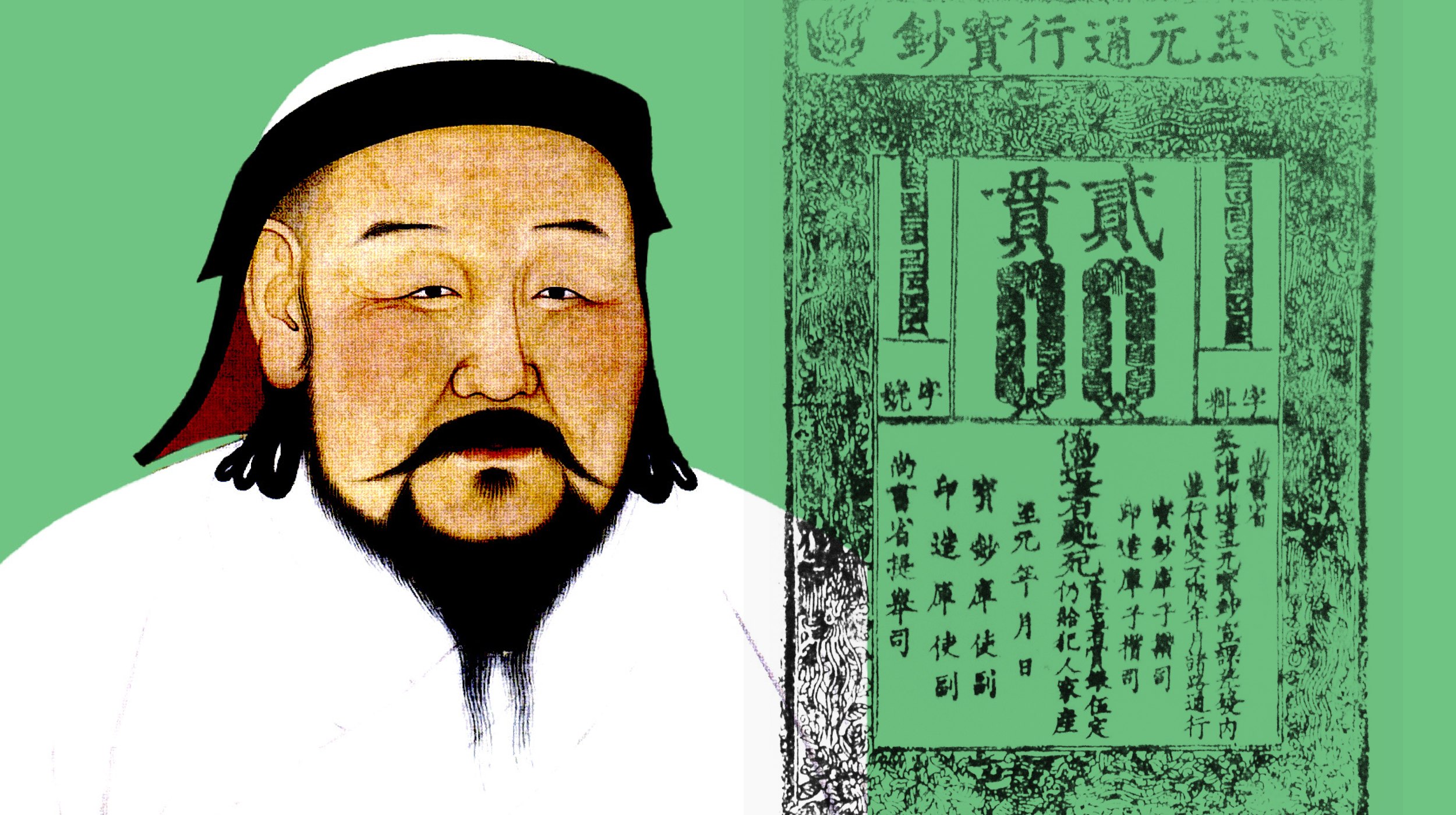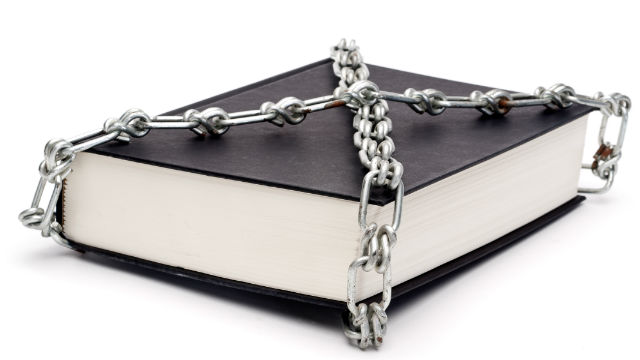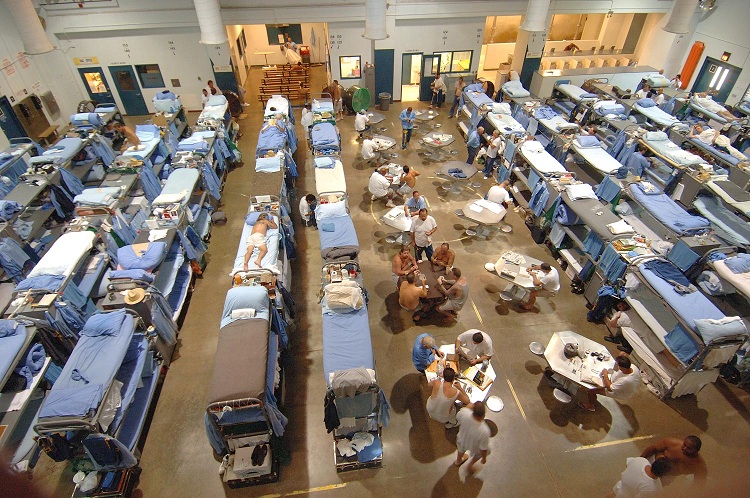Life inside a reeducation camp in Mao Zedong’s China
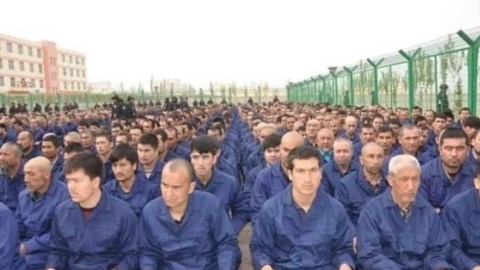
- Under the auspices of Mao Zedong’s legal system, political prisoners were separated from nonpolitical ones.
- Political prisoners were forced to reform in labor camps, while nonpolitical prisoners were “persuaded” to reform in reeducation camps.
- Whether the reeducation camps were more humane than their counterparts is up for debate.
In his book The Gulag Archipelago, Russian writer Aleksandr Solzhenitsyn reflects on the eight years he spent inside a system of Soviet prison camps scattered across the Siberian tundra. Inside the gulag, political prisoners like Solzhenitsyn were sent out into the freezing cold to cut down trees, build houses, and mine for gold and uranium. They were hardly fed and poorly clothed. Any word of protest could cost them their lives — or worse, the lives of their friends and families.
The publication of Solzhenitsyn’s book unveiled the horrors of the gulag to the rest of the world. However, the Soviet Union was not the only communist nation to subject its prisoners to indoctrination and forced labor. For decades, the People’s Republic of China presided over a similar, arguably more extensive system of labor and reeducation camps. These camps were built for both political and nonpolitical prisoners and were referred to by the Chinese as Laogai and Laojiao, respectively.
Scholars such as Georgetown University’s James Finerman have suggested that the Laogai camps — Laogai meaning “reform through labor” — were not so different from (and might even have had better conditions than) the average American prison. Harry Wu, who spent 19 years inside the Chinese gulag after criticizing the USSR’s invasion of Hungary in 1957, strongly disagrees. In a 1994 interview with NPR, Wu said that he was starved, beaten by prison guards, and placed in solitary confinement for extended periods of time.
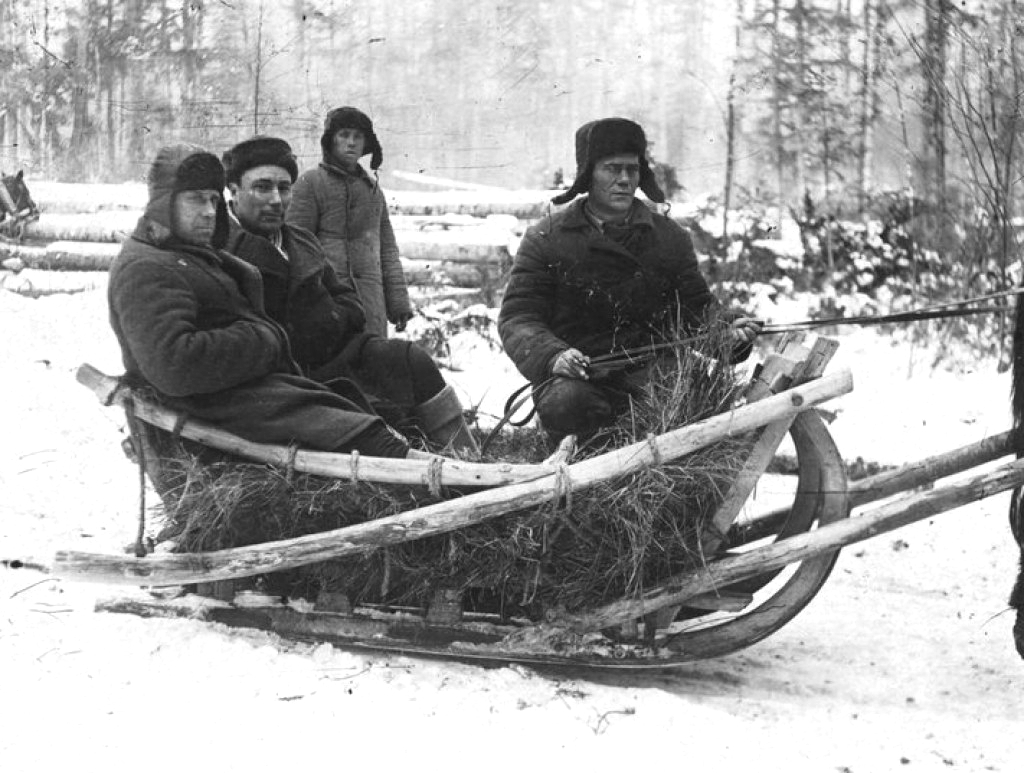
After being released in 1979, Wu emigrated to the United States. Stationed at the University of California, Berkely, he made plans to return to China with the intention of documenting life inside the Laogai camps. Disguised as a businessman looking to employ forced labor for his company, Wu returned west with footage of Chinese prisoners manufacturing goods for export. This footage, shown on CBS’ 60 Minutes, caused public outrage, motivating American politicians to reconsider economic relations with China.
In his academic writing, Wu has described the Chinese gulag as the CCP’s best defense against free speech, quoting Mao Zedong: “Marxism, holds that the state is a machine of violence for one class to rule another. Laogai facilities are one of the violence components of the state machine. They are tools representing the interests of the proletariat and the people’s masses and exercising dictatorship over a minority of hostile elements originating from the exploiter class.”
The creation of the reeducation camps
Existing alongside Laogai was Laojiao, which translates to “reeducation through labor.” Where the Laogai camps were reserved for political prisoners, the Laojiao facilities housed thieves, beggars, and prostitutes. The concept of Laojiao began to take shape in the late 1930s, when Mao and his associates observed that the Chinese economy — heavily damaged by years of civil war (not to mention capitalist mismanagement) — had pushed many citizens into “disreputable and illegitimate professions.”
In communist speak, these citizens were known as the “lumpenproletariat,” members of the working class who, unlike their socialist brethren, had yet to organize or take active interest in revolutionary activity. In practice, they were seen as parasites: people who leeched off society without contributing to it in a meaningful way. In 1949, the Minister of Public Security, Luo Ruiqing, began building the bureaucratic infrastructure necessary to “reform” them.
Ruiqing moved quickly. Brothels were shut down and streets swept clean. By the end of the next year, the CCP had reportedly rounded up more than 5,000 individuals and distributed them across 13 reeducation camps. According to the historian Aminda H. Smith, eight of these camps were intended for prostitutes while the rest housed common criminals, disbanded soldiers, fugitive landlords, disaster victims, hooligans, and vagrants, among other types of people.
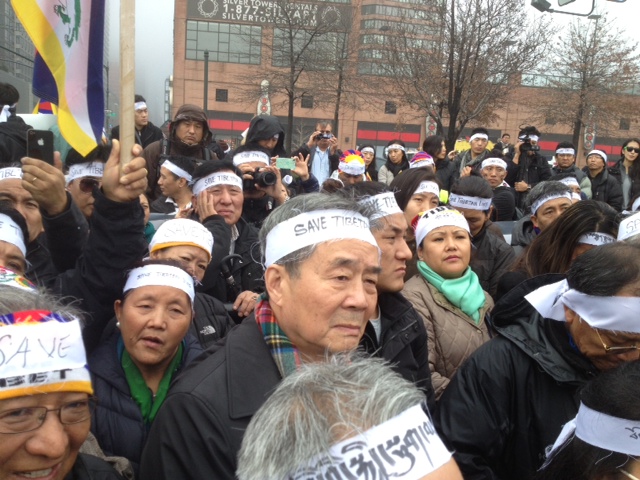
Government documents cited by Smith state that the goal of the Laojiao reeducation camps was to “maintain public order in [cities],” to “eradicate the parasitic population,” to “liberate prostitutes,” and to make sure prisoners received “reform, education, and skills training.” Schedules reveal internees woke up at 5 a.m. and went to bed at 9:30 p.m. The time in between was filled with classes, discussions, and calisthenics. Internees may have also enjoyed two and a half hours of “recreation time.”
Although it’s difficult to tell what actually happened inside the reeducation camps, it is generally accepted that Laojiao internees were treated better than their Laogai counterparts. In the eyes of the Communist Party, they were victims of capitalism, not class enemies. Instead of being subjected to forced labor, they were taught about Marxism-Leninism. The reeducation camp curriculum, Smith says, began by “teaching beggars and prostitutes to equate their current ‘improper’ occupations with victimization.”
Laogai vs Laojiao
There was a clear difference in the way that the Laogai and Laojiao camps treated their internees. Where political prisoners were — in Mao’s words — “forced” to reform, nonpolitical ones had to be “persuaded.” Persuasion came through education. In class, instructors gave prostitutes reading materials that “exposed the crimes of the brothel owners and keepers, showed how the system of prostitution was created, and explained the inseparable connection between it and the old society.”
Instructors also showed movies. China’s deputy-minister of education, Yang Yunyu, says a 1934 play called Sunrise, about an orphan girl who commits suicide after being sold to a brothel, moved many prostitutes to tears. Party members also mention that internees persuaded one another by sharing their own experiences. Hearing about run-ins with abusive landowners and pimps reportedly made internees “realize the causes of their suffering” while helping them identify “their true enemies.”
Government sources should always be taken with a grain of salt, especially because the testimonies from reeducation camp internees often paint a much darker picture. Reports of people being bound, hung, tied up, humiliated, or beaten to death suggest that Laojiao and Laogai were not so different after all. Smith even mentions instances of camp instructors refusing to obey their superiors, who in turn punished them for “failing to see that reeducation work is glorious.”
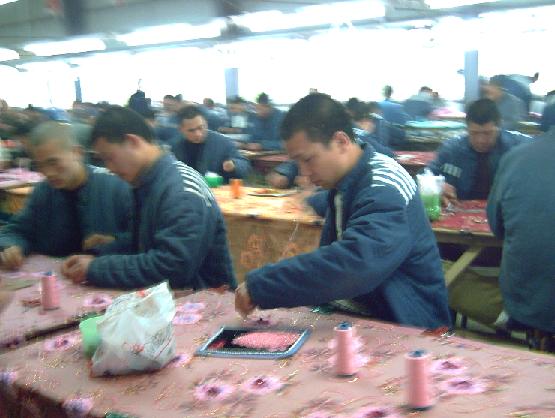
Scholars also debate whether internees at reeducation camps, specifically common criminals, were subjected to forced labor in the same way that political dissenters were in Laogai. Nongovernment sources claim they were. Government sources, on the other hand, insist that instructors avoided force at all costs. Not only do these sources say that internees agreed to join the labor force out of their own free will, but also that doing so was a sign that their reeducation had been successful.
Unresolved questions such as these reveal how little we know about the Chinese gulag. Some blame the inaccessibility of official reports, many of which remain under lock and key. Wu, who went on to create an NGO dedicated to studying the Laogai camps, has suggested that our lack of knowledge betrays a willful ignorance. China is, after all, a central player in the world economy, and openly investigating its past — and present — human rights abuses could get in the way of important trade deals.
